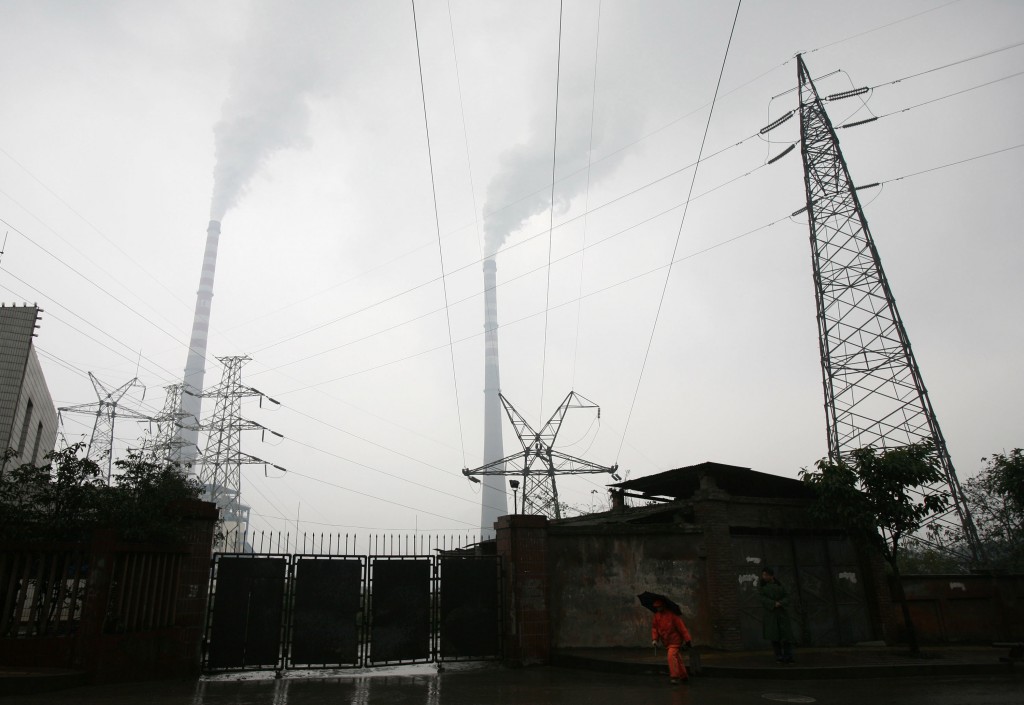 One week is in the books at the Lima climate talks and we are heading into the final stretch of the summit, which runs through December 12. So, where do we stand in terms of a viable “Lima draft text” for the 2015 Paris global climate agreement for governments to continue working on next year?
One week is in the books at the Lima climate talks and we are heading into the final stretch of the summit, which runs through December 12. So, where do we stand in terms of a viable “Lima draft text” for the 2015 Paris global climate agreement for governments to continue working on next year?
Megan Rowling reporting for Reuters from Lima identified as a major sticking point so far the question of whether – in addition to mitigation efforts to reduce the amount of GHG emissions and halt climate change – “governments should include finance and adaptation commitments in the national offers of action they are due to put forward early next year as the building blocks of a new global climate change deal.” A consensus on this point – especially from the vantage point of poorer developing nations – is of utmost importance because including climate finance and adaptation in countries’ national contributions would actually allow for gauging the individual price tag for each country’s adaptation efforts.
Given varying adaptation needs as well as sharp differences in financial wherewithal among countries – especially developed vis-à-vis developing nations – and with developing countries projected to be the most vulnerable and exposed to climate change, this would quantify their funding needs and expose potential gaps in coping measures, which, in turn, would identify areas of need for international technical assistance. Note, the establishment of the Green Climate Fund has been governed by a similar rationale and has the objective of supporting such countries adaptation efforts both financially, as well as with technical aid. Turn to Megan Rowling’s article for an outline of the competing positions in this debate along with implications.
This matter of contention is logically connected to another critical question the Lima climate talks should satisfactorily address; namely, what is the common format and/or standard for each country’s pledged contribution to eventually make up the new global agreement? Remember, first and foremost the purpose of any standardization is to make things comparable, which then allows for adding up all individual and unique commitments in order to be able to assess as well as calculate the aggregate mitigating impact of those measures – taken on national levels – for halting climate change globally. In this respect, Climate Change Policy Adviser Kiri Hanks of Oxfam UK explains:
“This may sound like a formality but it’s hugely important if we are to avoid a hodgepodge of offers – with different baselines against which to reduce emissions and end-years for doing so, and a varying scope of what to include in these pledges. Eventually, we need to be able to add all these commitments up to calculate how far they take us towards the overall goal of avoiding dangerous climate change.”
Equally important in a world where international cooperation is continuously superseded by nations’ “free rider” mentality due to their national interests, Kiri Hanks points to a very important by-product of a ‘standardized commitment format’: “If there is to be any chance of pressuring governments to improve their offers after Lima, we need their commitments to be comparable, so those who are dragging their feet can be easily identified and called out.”
Additionally, the Australian Climate Institute’s Deputy CEO Erwin Jackson, who is currently attending the climate talks in Lima, provided this useful and pointed insight on how to properly evaluate countries’ commitments to climate action:
“In the end, the true test of a country’s commitment to climate action is not whether it is prepared to take on an internationally binding target. A country’s level of commitment to action is better judged by its willingness to make the hard political decisions at home and enforce emissions reductions limits on its major emitting industries.”
In this respect and as far as US domestic national regulatory initiatives/policies go, the EPA set regulations to limit GHG emissions from the transport and power sectors, as well as other major emissions sources. These measures are complemented on a sub-national level with regional carbon pricing and renewable energy targets across the nation. To learn more about longer-term national climate strategies around the globe, turn to Breaking Energy coverage here.
Moreover, the Australian Climate Institute recently launched an interactive online Global Climate Action Map, a valuable tool that not only highlights countries’ key climate policy developments to date, but also helps track future developments with monthly updates. The following key policy areas are monitored:
- Overall emission reduction targets
- Renewable energy targets and policies
- Carbon pricing through direct taxation or trading schemes
- Emission standards for power stations and vehicles
- Energy efficiency targets and policies
- Emissions from farming and other land uses
Global Climate Action Map
Source: The Climate Institute (Australia); click for interactive map here.
Another way to follow the Lima 2014 talks is via released UNFCCC in-session documents.
Finally, check out this interesting compilation of questions to the EU – especially the ones coming from the US – as part of the first multilateral assessment (MA) taking place under the 41st session of the Subsidiary Body for Implementation (SBI 41) in Lima. The purpose here is “to assess the European Union’s progress in implementation towards the achievement of emission reductions and removals related to its quantified economy-wide emission reduction targets.”

